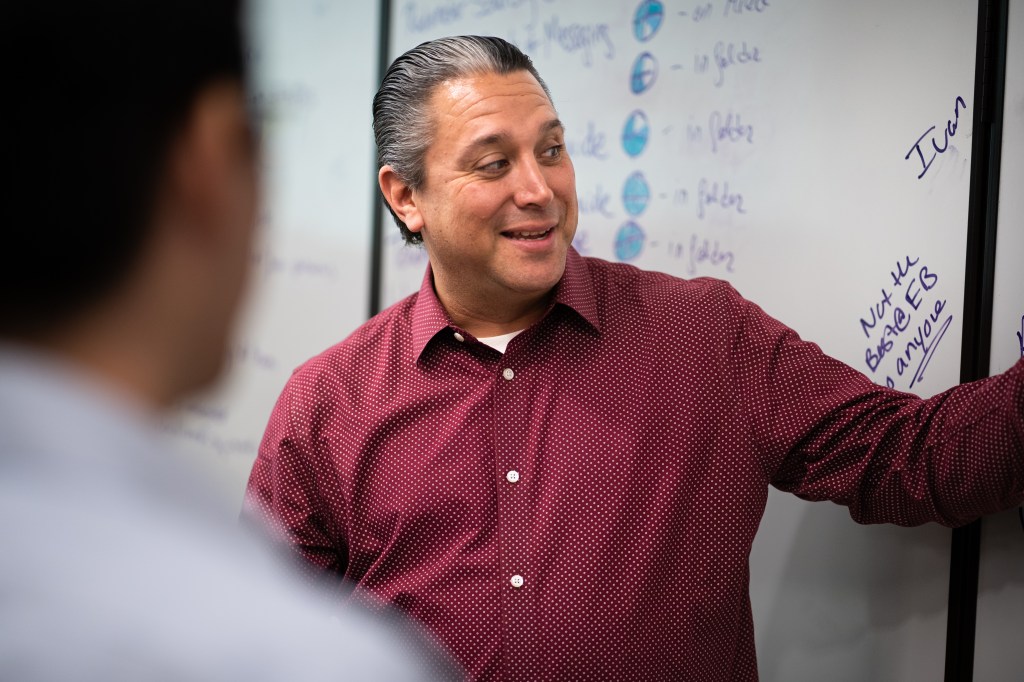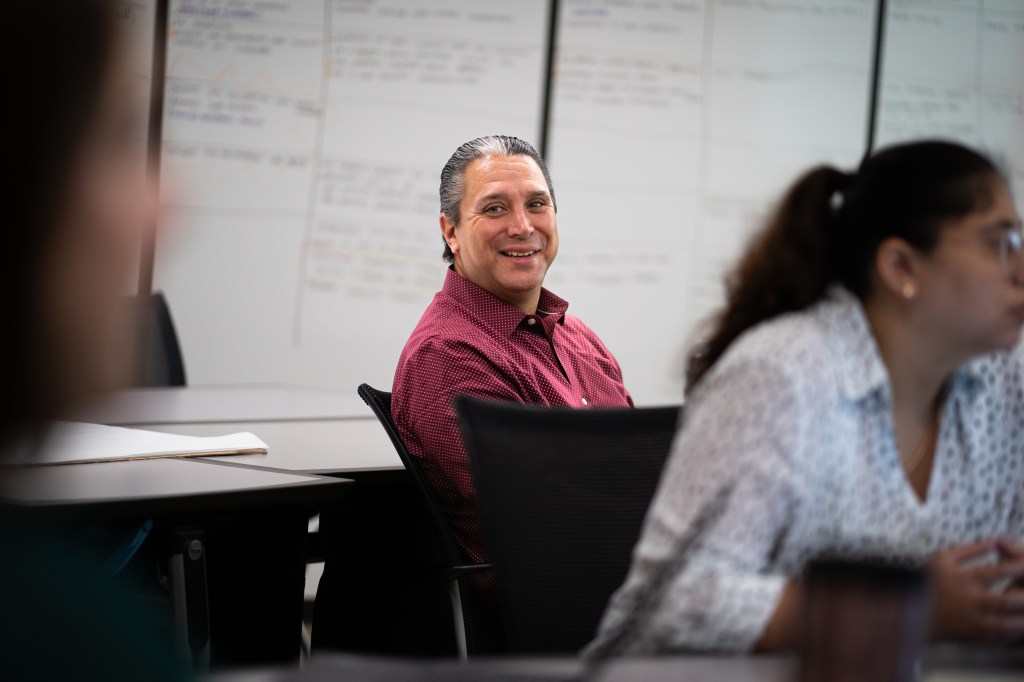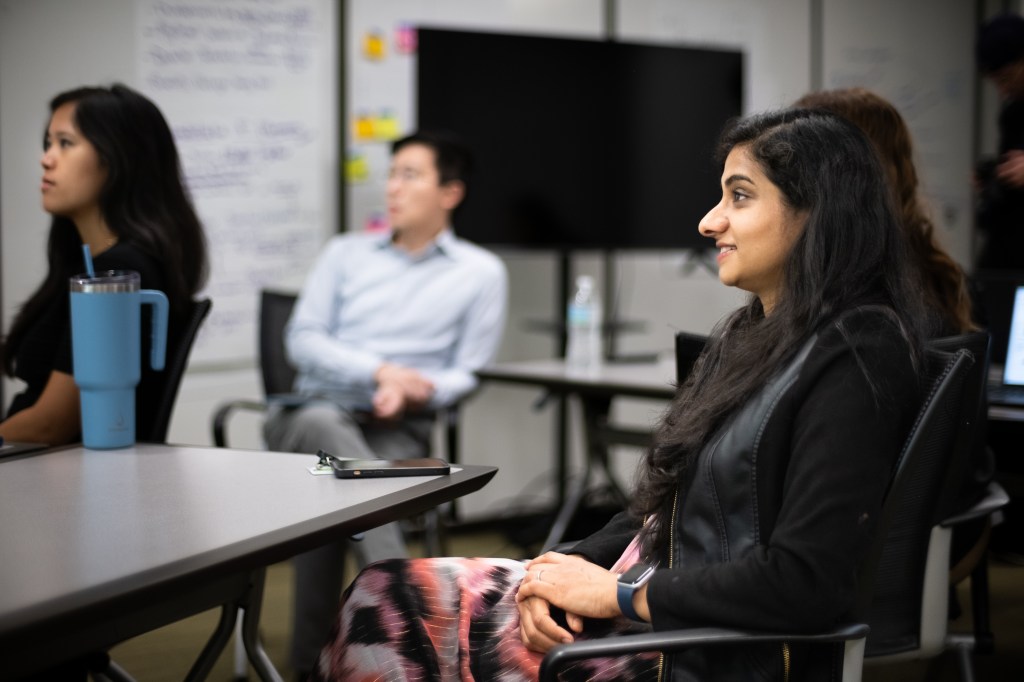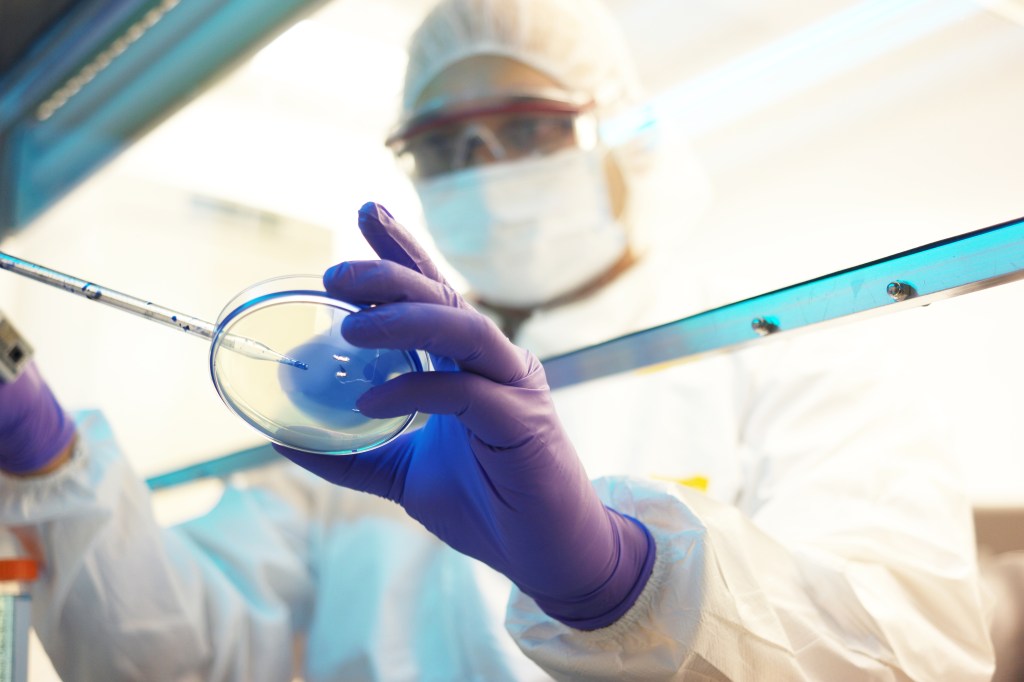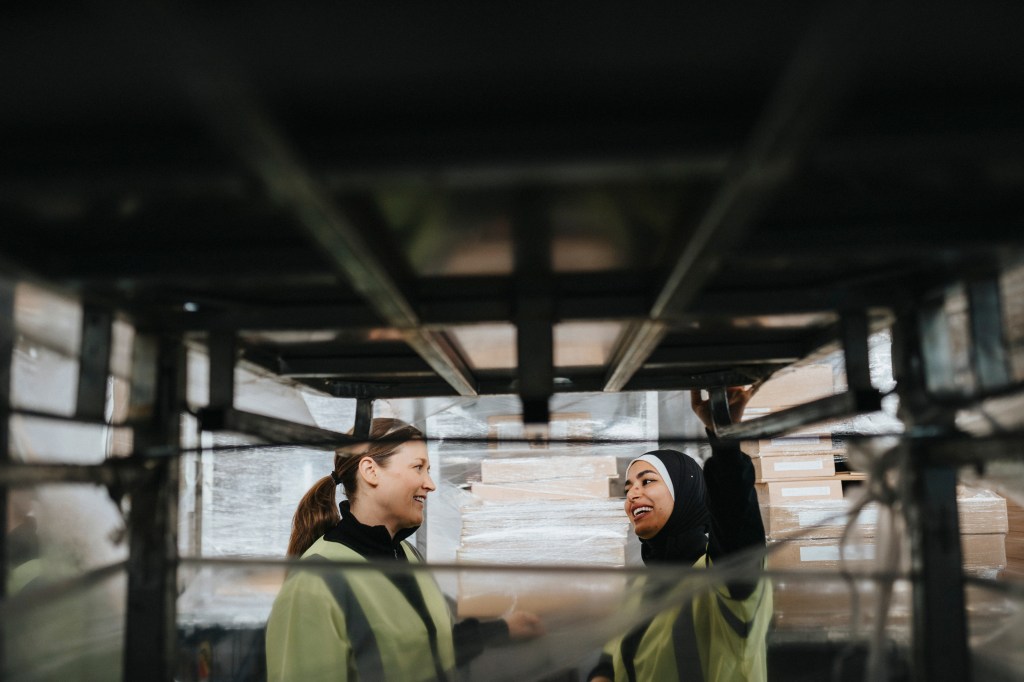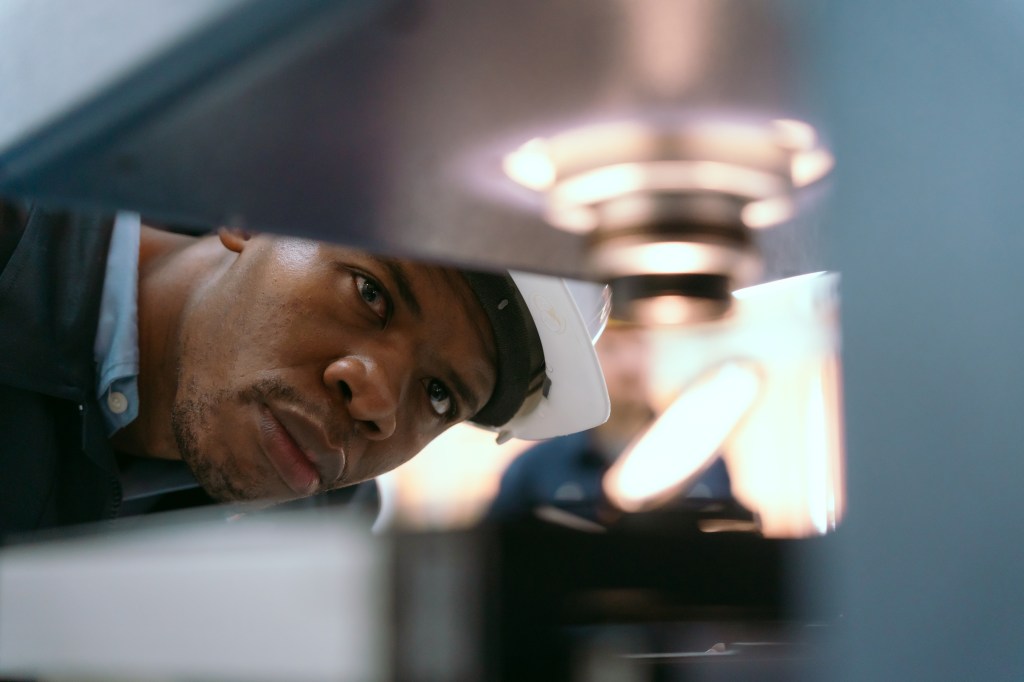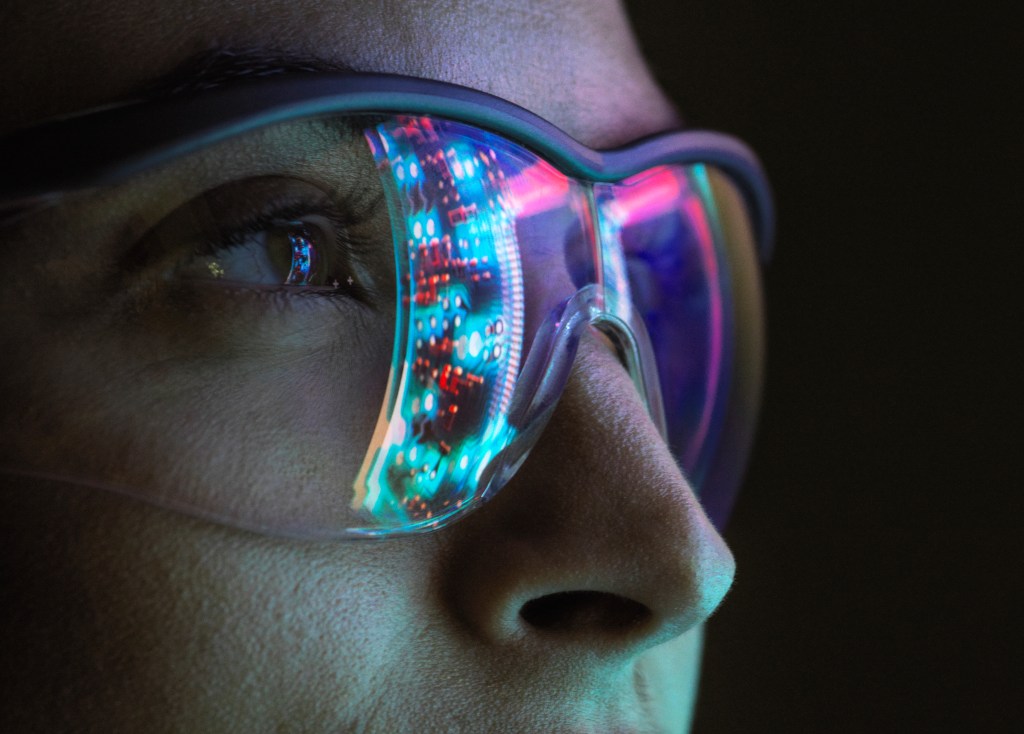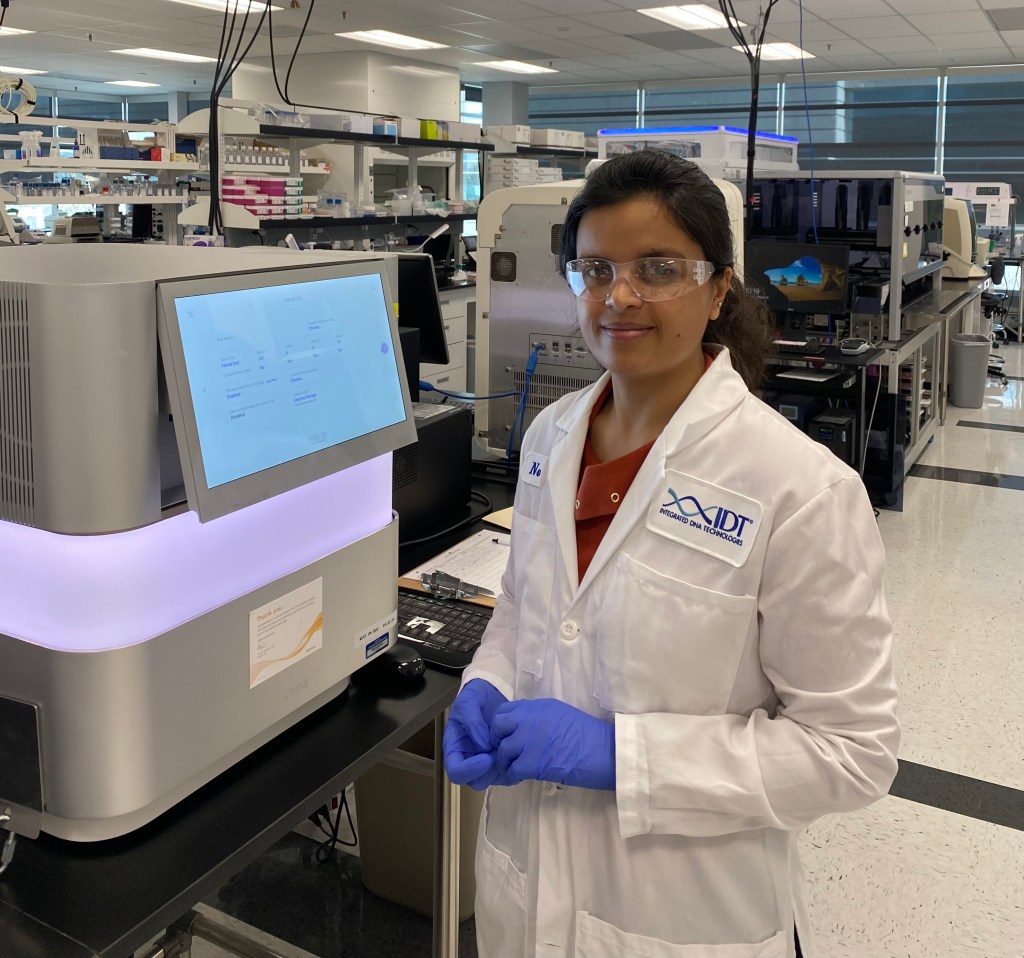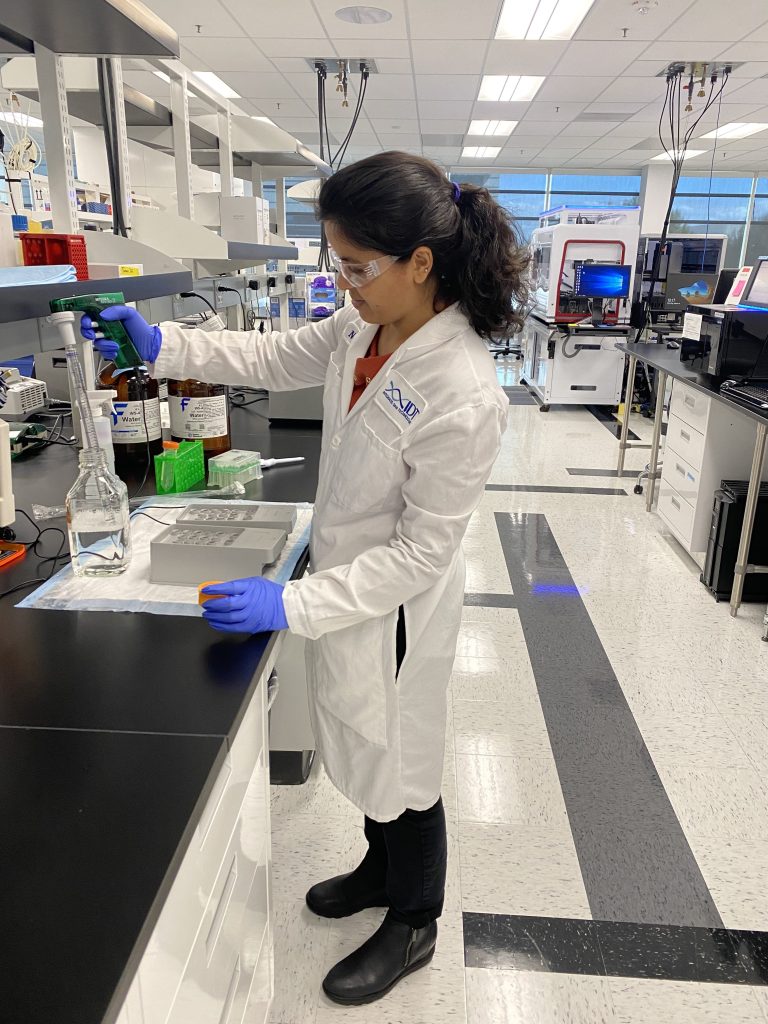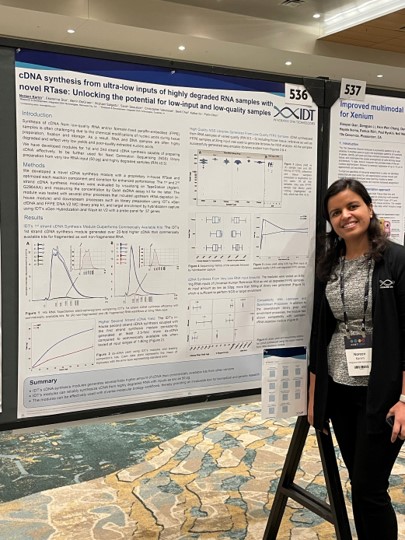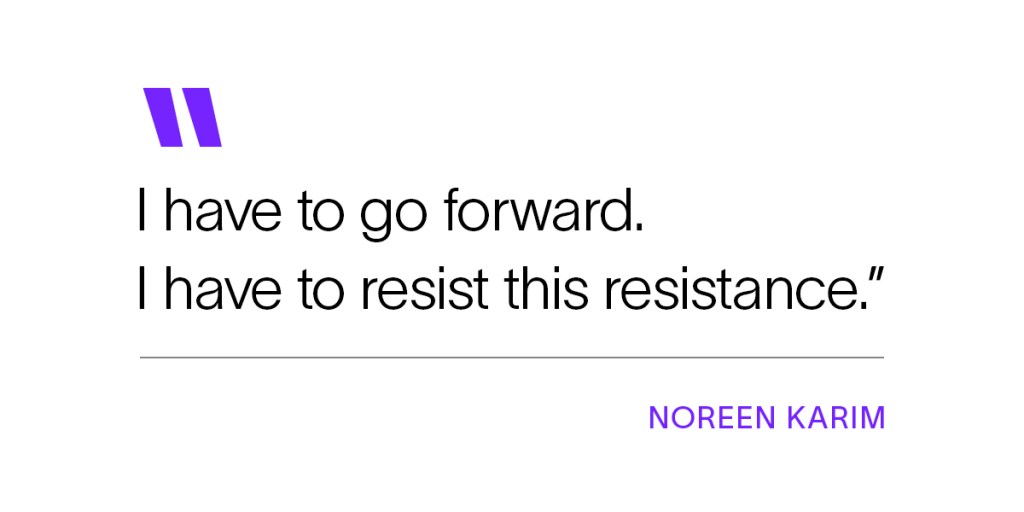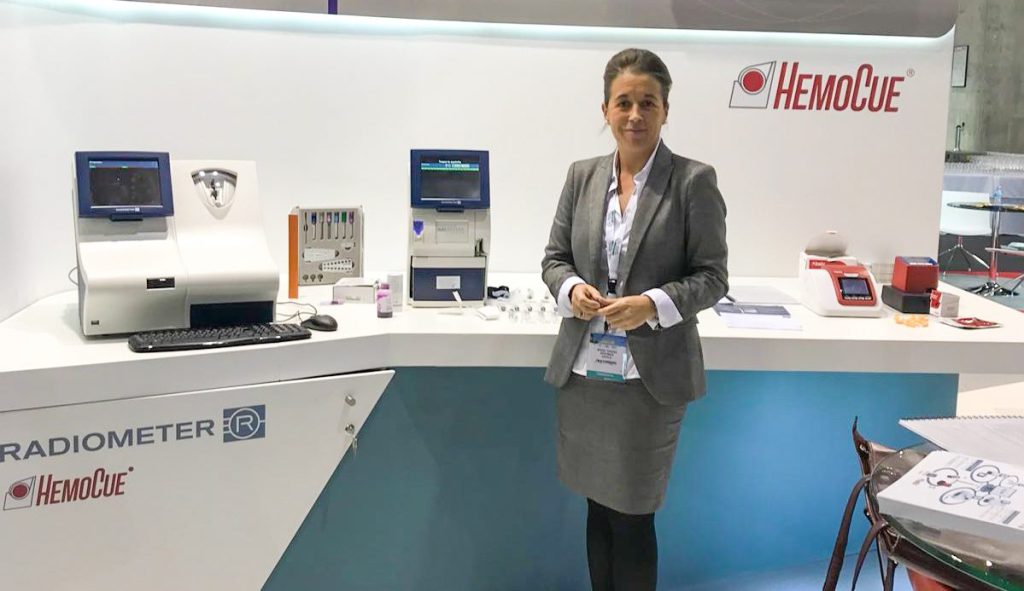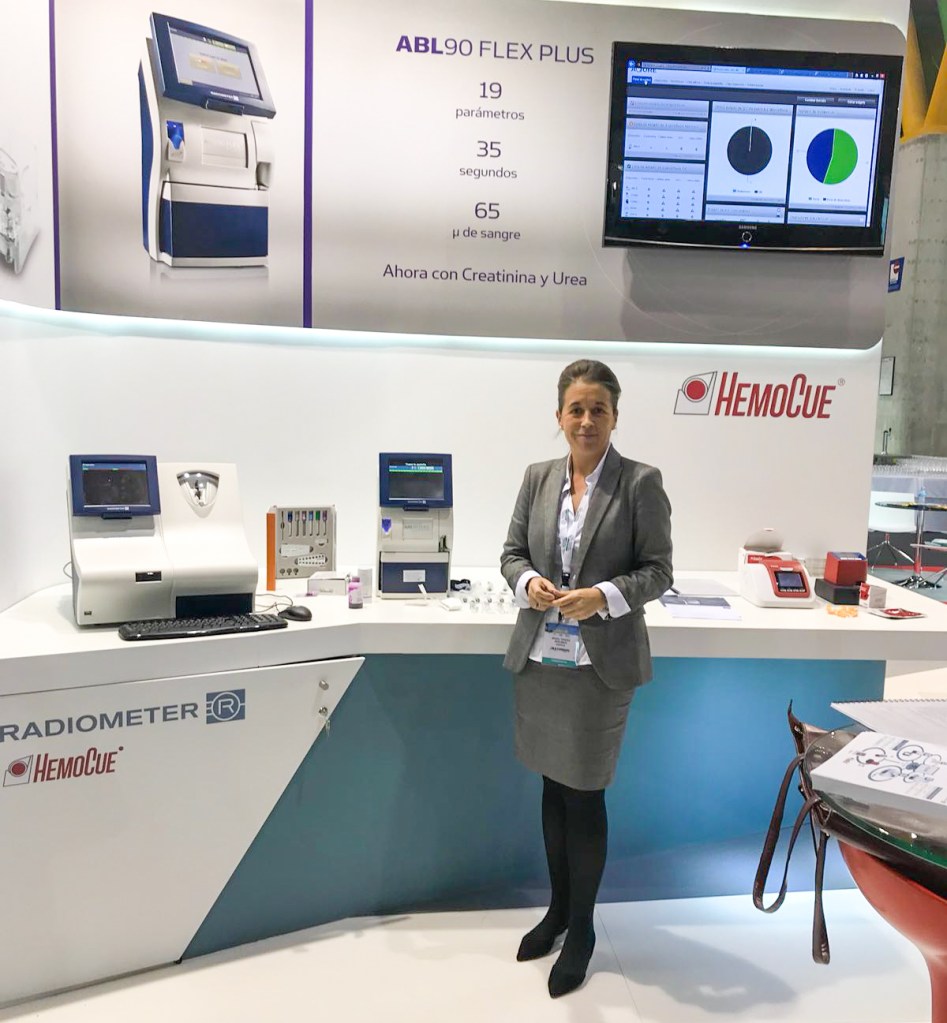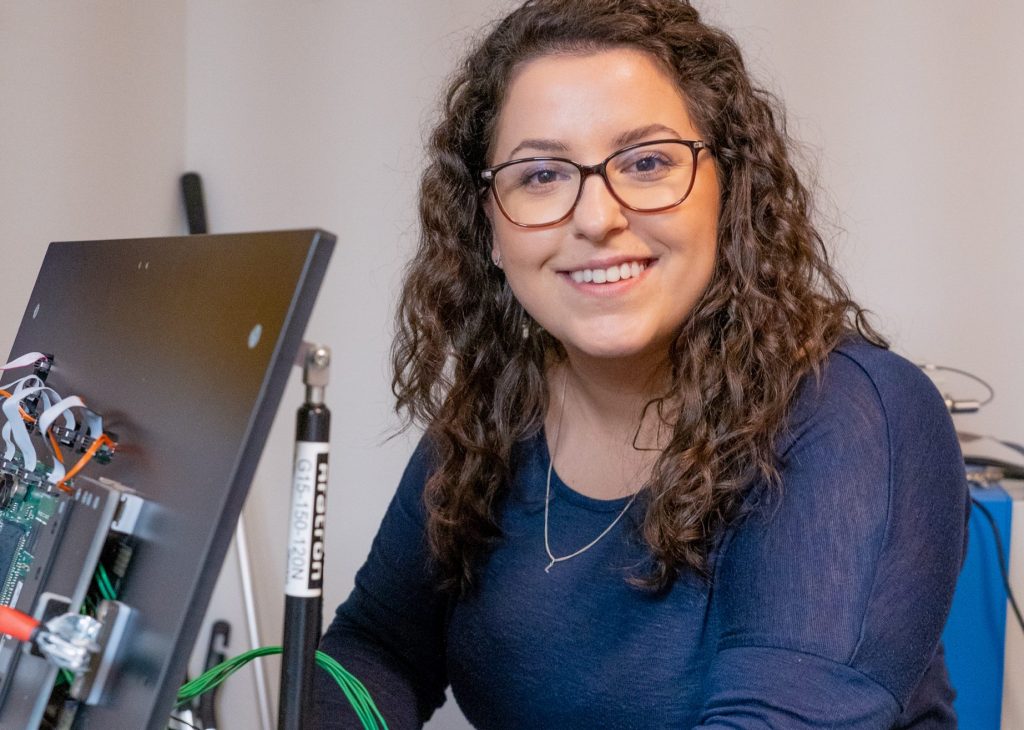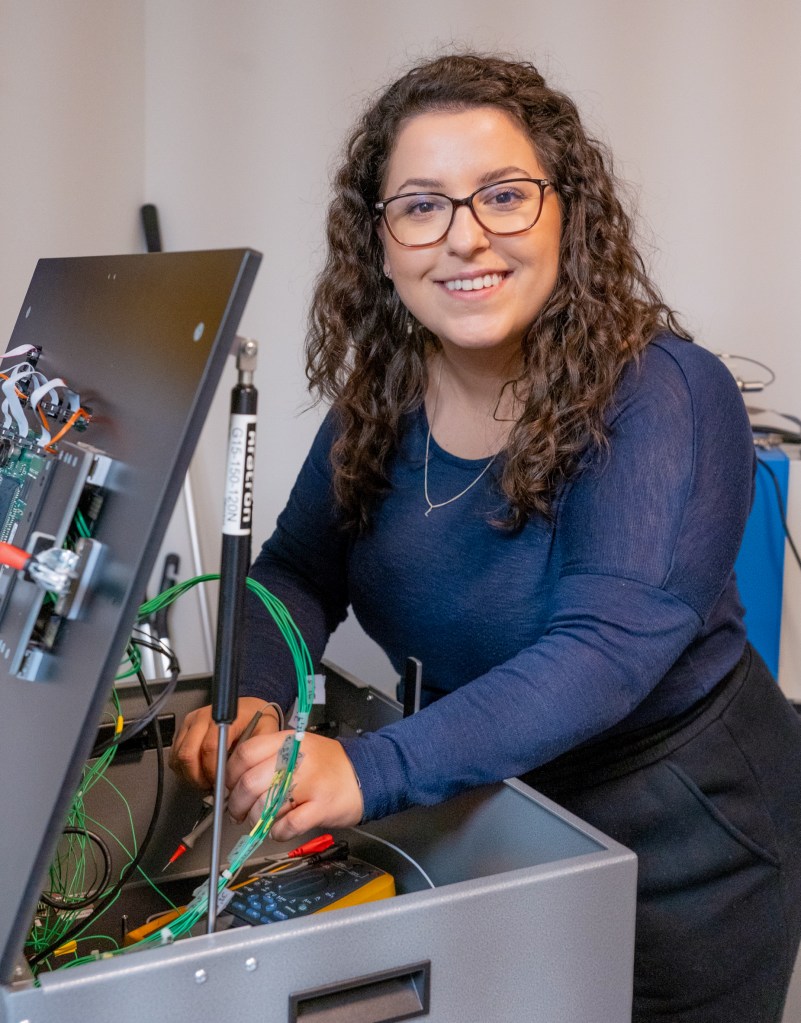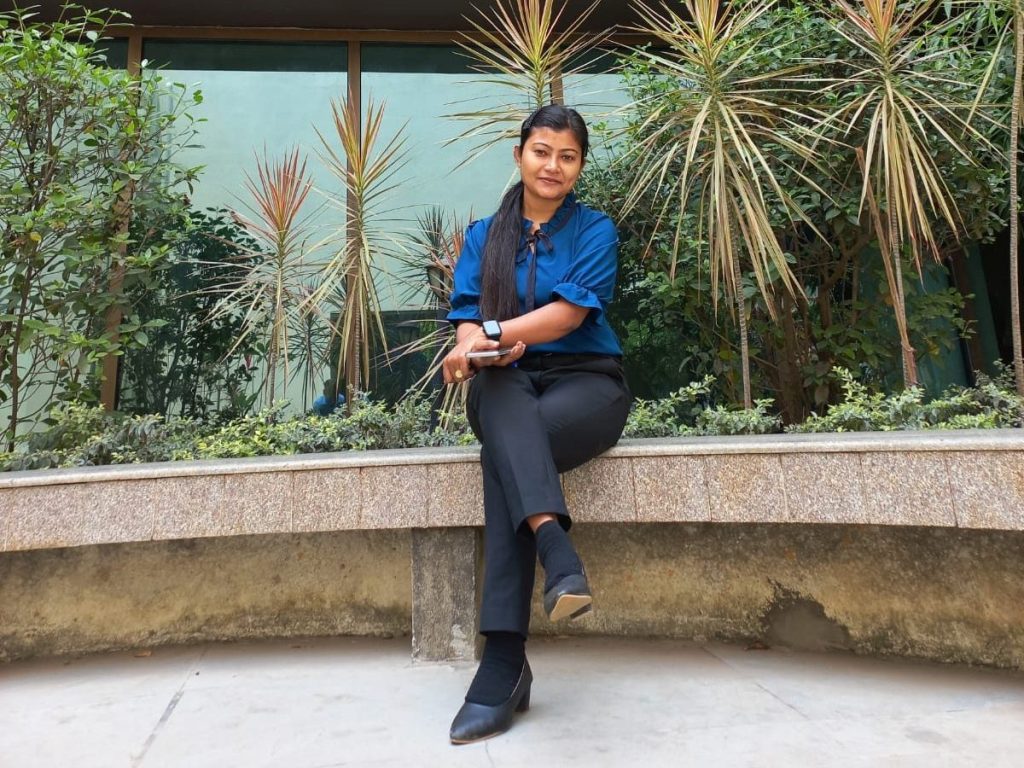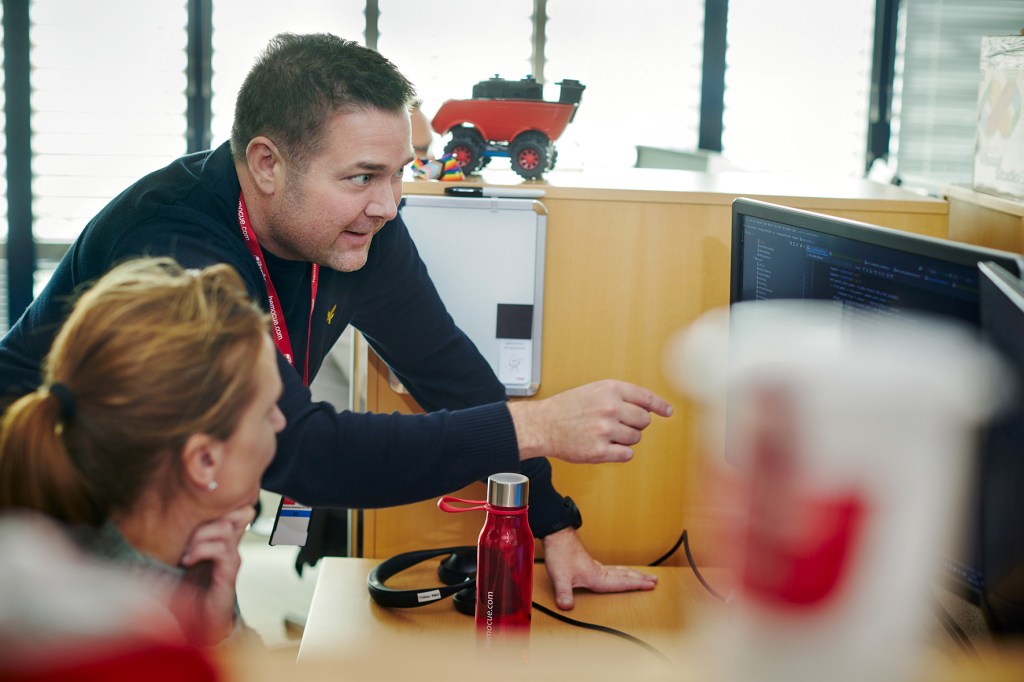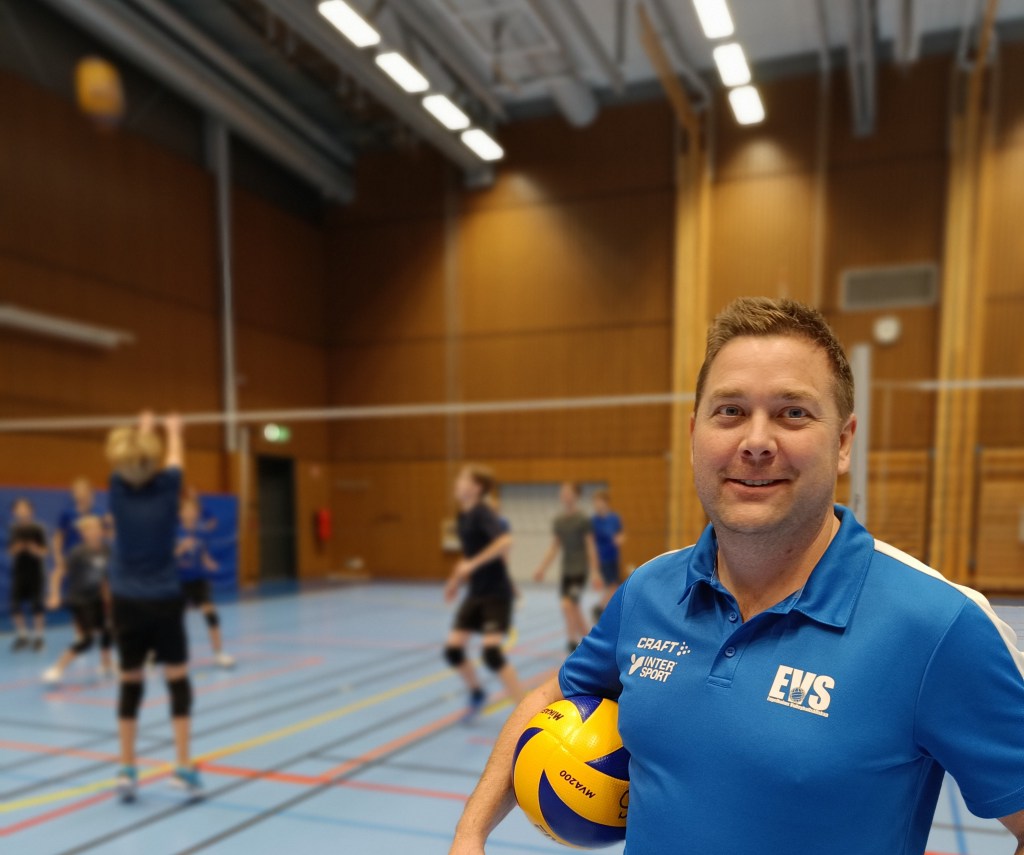We spoke with Martin Stumpe, PhD, Danaher’s newly appointed Chief Data and AI Officer, about the future of AI in healthcare and life sciences.
Martin Stumpe has built a career around imagining and building new technology to solve complex human problems. He’s served as the Chief of AI at precision medicine company Tempus, founded and led Google’s Cancer Pathology project, contributed exoplanet-detecting algorithms to NASA’s Kepler mission, and worked at Stanford University on protein folding simulations.
Now, Martin is stepping into his latest role as the Chief Data & Artificial Intelligence Officer at Danaher, where he leads the company’s AI strategy, capability development and execution. We spoke with Martin about his first several months at Danaher, his vision for what AI can do to power the future of healthcare and life sciences, and how he plans to turn those visions into reality.

What compelled you to join the Danaher team?
Simply put: the opportunity for immense impact on healthcare. My background is as a technologist but I have always been interested in healthcare and life sciences. Perhaps nowhere else is there such tremendous potential for good data, well used, to make our systems run smarter and to make us all healthier. Danaher’s exceptional portfolio of companies across diagnostics, life sciences and bioprocessing is an immense platform for positive impact on human health and lives. We have the devices, the global install base and the assays, plus the world-class operational excellence, to make one of the most meaningful plays in the healthcare space when powered by the right technology. I couldn’t resist the opportunity to make that vision real.
What are the unique challenges in applying AI to healthcare and life science?
AI cannot solve problems in a vacuum. In order to develop AI and impact in the real world, many factors need to be considered. This includes creating the right data that is of the quality and quantity to be fit-for-purpose for AI. Similarly, the outputs of AI need to be integrated back into the real world, via thoughtful integration into workflows, products, and human processes. In healthcare and life sciences, additional challenges such as regulatory processes, reimbursement, and legacy systems have to be overcome. Consequently, there are a lot of medical AI algorithms out there that aren’t getting used, and a lot of datasets that aren’t being leveraged. We are starting with the end in mind and take a holistic approach to building and leveraging AI towards real impact. This also includes building the organizational readiness and change management infrastructures to make end-to-end integration feasible.
Where do you see the greatest promise for building out Danaher’s AI capabilities?
There are several areas where we are working on using AI to improve productivity or products across Danaher. To name a few representative examples that we are quite focused on at the moment:
Danaher has a large portfolio of imaging instruments across life sciences and diagnostics. With modern computer vision and multimodal AI, we have the opportunity to increase the insights users of our instruments are getting from these devices. This includes more accurate image analysis, and contextualization of image data with non-imaging modalities to, as one example, achieve a multimodal understanding of the spatial and molecular features of the tumor microenvironment. This can lead to actionable insights for the development or application of immunotherapy in various cancers. In the life sciences, similar insights can help to shed light onto drug mechanisms of action for further improvement.
Another area where we see tremendous potential is leveraging in silico approaches to design and optimize molecules, such as ligands with higher affinity in chromatography or more stable mRNA, or antibodies with specific properties in diagnostic applications. This is also an area where the integration between AI and the wet lab validation in the real world needs to be well designed, in order to facilitate a tight feedback cycle for rapid iteration. Ultimately this will help reduce the time to market and cost of designing new drugs – especially advanced therapies – and set the stage for automated yet personalized drug development.
Last but certainly not least is how Danaher uses AI to run more smoothly as an organization. We already see many examples of how AI can increase productivity in our everyday lives – such as information retrieval and synthesis, data analysis, or content creation. We see a lot of opportunities across Danaher to bring similar powerful tools into workflows across many areas to assist our associates with various administrative tasks. Not surprisingly, having high-quality and connected data is a key requirement to unlock the true potential, so we are investing into this area to maximize the impact we will achieve.
What are the biggest risks your work faces?
Truly transformative technologies solve entire problem classes for humanity. The internet “solved” information access. Cell phones “solved” communication. AI has that same potential in healthcare and life sciences – but we need to think at just the right scale. If we choose only small problems to solve, we will achieve only incremental change. If we think too big, we risk getting lost in an infinite number of opportunities – some of which might even be solutions to problems that don’t really exist or have meaningful impact on people’s lives. So we need to be incredibly thoughtful about how we set boundaries on the problems we solve. Think big, but track progress along the way and adjust where necessary.
What’s your first step?
My first focus is our people power. This means building up our talent pool, both by nurturing internal talent and looking beyond our walls for people to bring in as employees and collaborators. We already have a robust program of collaboration through our Beacons program, which continues to be a fruitful source of brilliant ideas. There are other areas where we are making significant investments in building out our AI capabilities, including in data and in infrastructure for AI. And I’m looking forward to our Danaher Summit – this year focused on AI’s role in predictive R&D – and its ability to gather experts across the entire ecosystem, from academia through industry and beyond.
What inspires you most about being at Danaher?
I have been consistently impressed by the people at Danaher. The culture here emphasizes continuous growth, humility, and mission-driven teamwork, which is a crucial foundation for the challenging and important work we have ahead of us. I am enthusiastic about driving real impact with this fantastic team.
Ready to bring more to life at Danaher?

